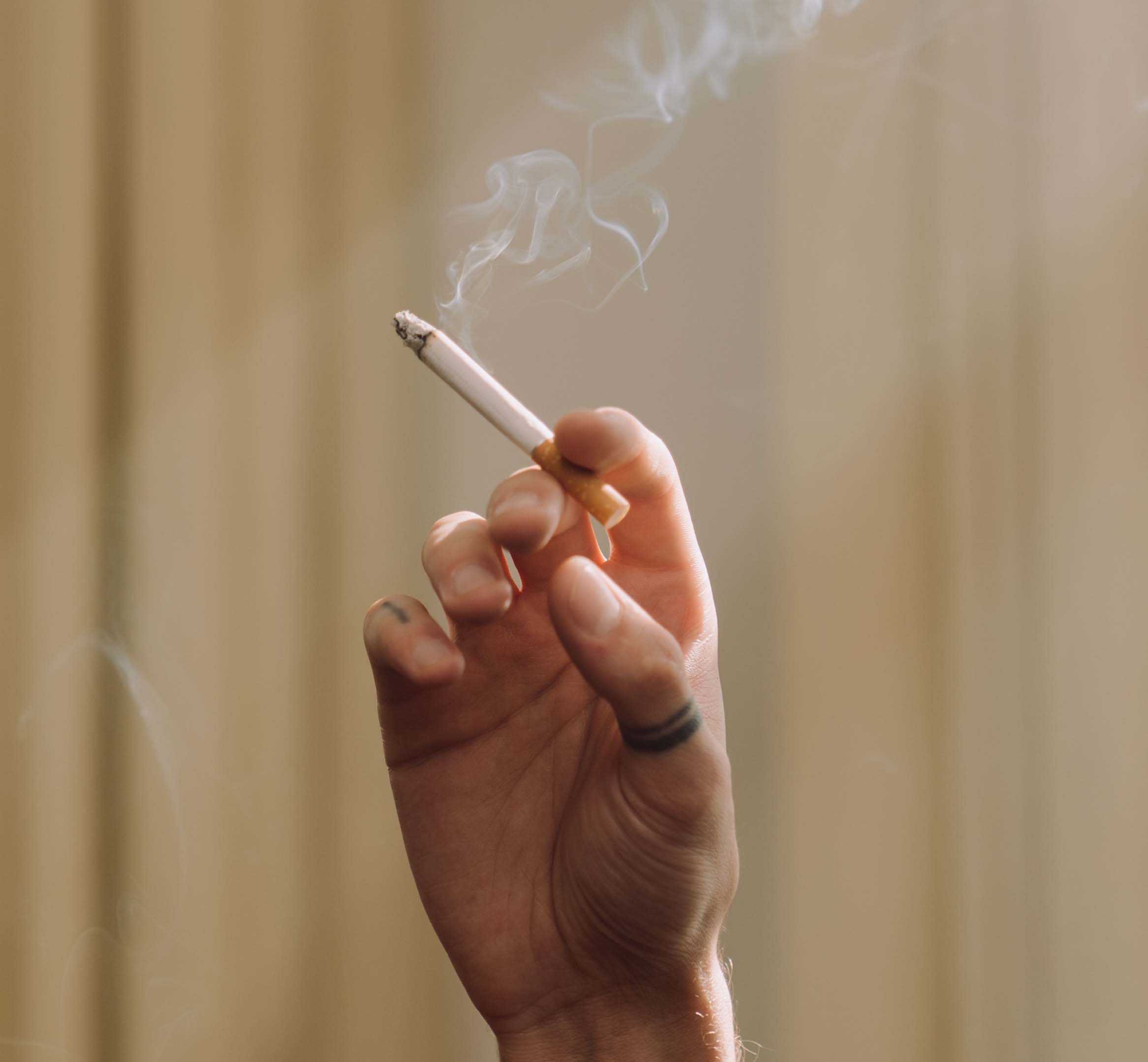Second-hand smoke exposure and the legalization of marijuana

By Lili Jurayj • Addiction and Recovery Services Program Coordinator
If you went to the Minnesota State Fair this year, you might have noticed the pesky clouds of smoke wafting through the air, even in designated non-smoking areas. It’s a common sight these days, and it’s not just tobacco smoke. With the legalization of marijuana, the opportunity for exposure to second-hand smoke has grown exponentially.
In this article, we’ll delve into the often-overlooked risks of second-hand smoke and explore the laws in place to protect you and your loved ones. But first, let’s connect the dots between the rise in second-hand smoke and the changing landscape of legalized marijuana.

Second-hand smoke, also known as passive smoke, refers to the involuntary inhalation of smoke by nonsmokers. It’s a dangerous blend of the smoke emitted from the burning end of a cigarette or joint and the mainstream smoke exhaled by the smoker. To put it in perspective, a single cigarette contains over 7,000 chemicals, with hundreds of them being toxic and about 69 capable of causing cancer (American Lung Association, 2023).
The consequences of second-hand smoke exposure are staggering. According to the Centers for Disease Control and Prevention, it increases the risk of respiratory infections, sudden infant death syndrome (SIDS) in infants, low birth weight in pregnant women, and heart disease and lung cancer in nonsmoking adults (CDC, 2022). Children, with their developing bodies, are particularly vulnerable to its harmful effects.
How much is too much
Let’s address the elephant in the room: how much exposure is too much for kids? How much second-hand smoke is needed for a small child to get high? Surprisingly, there isn’t a definitive answer to this question. The exact amount remains unknown, which makes it all the more critical for us to be aware of the risks and protective measures.
With the legalization of marijuana in various states, it’s important to recognize that marijuana smoke can pose similar health risks as tobacco smoke. It contains many of the same toxic and cancer-causing agents, but with an added twist—it includes THC, the compound responsible for marijuana’s psychoactive effects. THC can be transmitted through second-hand smoke, especially in confined spaces, and can potentially put children at risk of getting high. Furthermore, adolescent exposure to marijuana smoke has been linked to problems with attention, motivation, memory, and can negatively impact brain development (CDC, 2022).
What the law says
Given the shared health risks of tobacco and marijuana smoke, lawmakers have enacted various laws in recent years to protect public health. At the federal level, the U.S. Surgeon General has declared that there is no safe level of exposure to second-hand smoke. This declaration has paved the way for state and local laws that restrict smoking in public places, including restaurants, bars, workplaces, and public transportation.
For example, back in 1975, the Minnesota Clean Indoor Air Act (MCIAA) was passed, prohibiting smoking of any kind in indoor public places, public meetings, places of employment, and public transportation (MN House, 2022). Even at the Minnesota State Fair, where fun reigns supreme, smoking in non-smoking areas has been illegal, and any form of marijuana use is strictly prohibited.
In addition to relying on laws, you can take proactive steps to protect yourself and those around you. Avoid smoke-filled environments whenever possible and consider establishing your home and car as smoke-free zones, especially if you have children or non-smoking family members. If you’re a smoker, seek help to quit through available resources.
Second-hand smoke is a silent killer with far-reaching health consequences. By understanding the risks, knowing your rights, and taking responsible actions, we can collectively reduce exposure to second-hand smoke and improve public health. Stay vigilant, be aware of your surroundings, and remember the law before you light up.
For more insights into the impact of legalized marijuana, feel free to check out the June E-Directions article on the new Minnesota legislation surrounding the legality of marijuana: https://jfcsmpls.org/legalization-of-cannabis-what-when-and-where/
If you need help finding resources to quit smoking, or have any questions about smoke exposure and the risk associated with it, reach out to Addiction and Recovery Services at ljurayj@jfcsmpls.org .
Newsletter Sign-Up
Sign up to read more articles like this and stay up-to-date!
